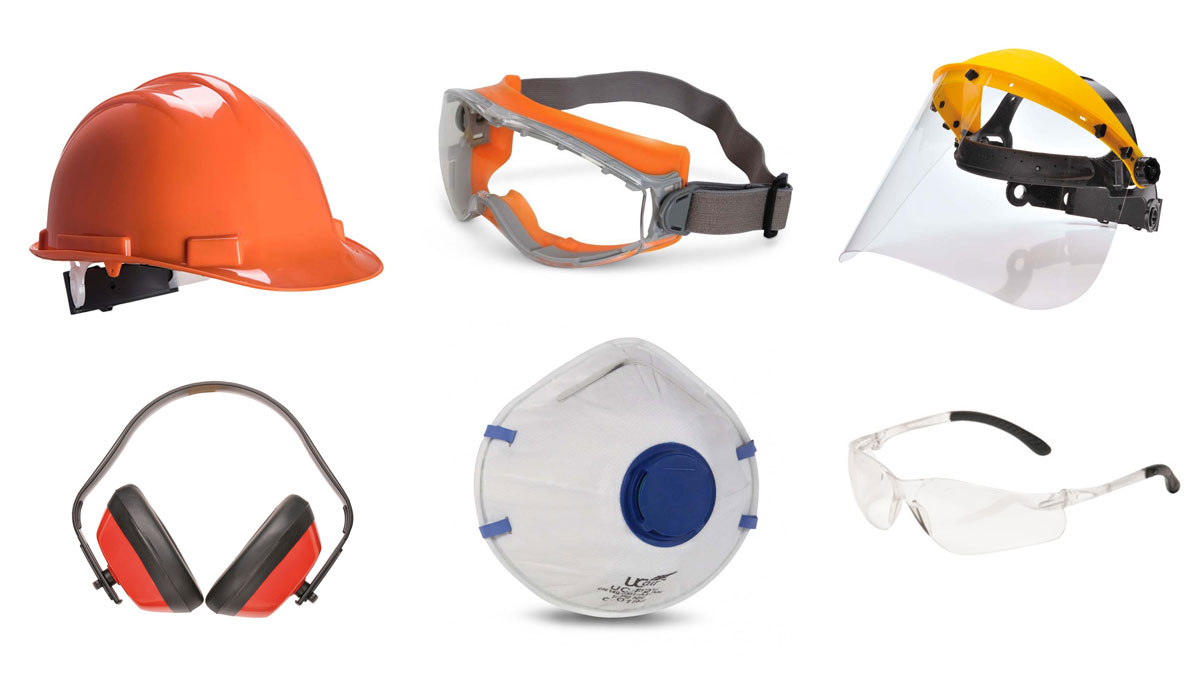Understanding Personal Protective Equipment (PPE): Your Guide to PPE Safety Equipment
Jul 29 2024 2:54PM

In the workplace, safety is paramount, and one of the most effective ways to ensure it is through the use of Personal Protective Equipment (PPE). Whether you’re working in construction, healthcare, manufacturing, or any other industry, PPE equipment is designed to protect you from a variety of hazards. But what exactly is PPE, and why is it so crucial? Let’s dive into the details of PPE regulations, the different types of PPE safety equipment available, and how to ensure you’re using them correctly.
What is PPE?
PPE, or Personal Protective Equipment, refers to any gear worn to minimise exposure to hazards that could cause serious injuries or illnesses. This equipment acts as a barrier between the worker and the dangers present in the work environment. The scope of PPE is broad, encompassing a range of equipment designed for different levels of protection and various types of hazards.
Types of PPE Equipment
- Head Protection: Helmets and hard hats to protect against falling objects and impacts.
- Eye and Face Protection: Safety glasses, goggles, and face shields to guard against splashes, dust, and impacts.
- Hearing Protection: Earplugs and earmuffs to protect against noise-induced hearing loss.
- Respiratory Protection: Masks, respirators, and air purifying devices to filter out harmful airborne particles and gases.
- Hand Protection: Gloves made from materials like rubber, leather, or nitrile to protect against cuts, burns, and chemical exposure.
- Foot Protection: Safety boots and shoes with steel toes and slip-resistant soles to protect against falling objects, punctures, and slips.
- Body Protection: Coveralls, aprons, and protective suits to shield against chemicals, heat, and physical hazards.
- High Visibility Clothing: Vests, jackets, and trousers designed to make workers more visible in low-light conditions.
The Importance of PPE Safety Equipment
Protecting Workers from Hazards
The primary purpose of PPE is to provide a protective barrier between the worker and potential hazards. These hazards can include chemical splashes, falling objects, loud noises, electrical hazards, and more. By wearing the appropriate PPE safety equipment, workers significantly reduce their risk of injury or illness.
Compliance with PPE Regulations
PPE regulations are established to ensure that employers provide adequate protection to their workers. These regulations are defined by various governmental and international bodies, such as OSHA (Occupational Safety and Health Administration) in the United States, and the EU’s PPE Regulation 2016/425 in Europe. Compliance with these regulations is mandatory, and failure to adhere to them can result in fines, legal consequences, and, most importantly, workplace injuries.
PPE Regulations: What You Need to Know
OSHA Standards
In the United States, OSHA sets strict standards for PPE in the workplace. These standards cover the requirements for different types of PPE, including:
- Head Protection: Helmets and hard hats must meet specific impact and penetration resistance standards.
- Eye and Face Protection: Safety glasses and face shields must be ANSI (American National Standards Institute) approved.
- Hearing Protection: Earplugs and earmuffs must meet noise reduction rating (NRR) standards.
- Respiratory Protection: Masks and respirators must be NIOSH (National Institute for Occupational Safety and Health) approved.
- Foot Protection: Safety shoes and boots must meet ASTM (American Society for Testing and Materials) standards for impact and compression resistance.
EU PPE Regulation 2016/425
In Europe, the PPE Regulation 2016/425 governs the design, manufacture, and conformity assessment of PPE. It ensures that all PPE equipment placed on the market meets essential health and safety requirements. PPE must be CE marked to indicate compliance with these regulations.
Choosing the Right PPE Equipment
Selecting the right PPE equipment is crucial for ensuring maximum protection. Here’s a quick guide to help you choose the appropriate gear:
Assess the Hazards
Identify the specific hazards present in your work environment. Conduct a thorough risk assessment to determine the types of PPE needed. Consider factors such as the nature of the hazards, the duration of exposure, and the work conditions.
Choose Certified PPE
Always opt for PPE that meets recognized standards and certifications. Look for labels such as ANSI, OSHA, CE, or NIOSH. Certified PPE ensures that the equipment has undergone rigorous testing and meets safety standards.
Ensure Proper Fit and Comfort
PPE should fit properly and be comfortable to wear. Ill-fitting gear can reduce its effectiveness and increase the risk of accidents. Look for adjustable features and ergonomic designs that enhance comfort and usability.
